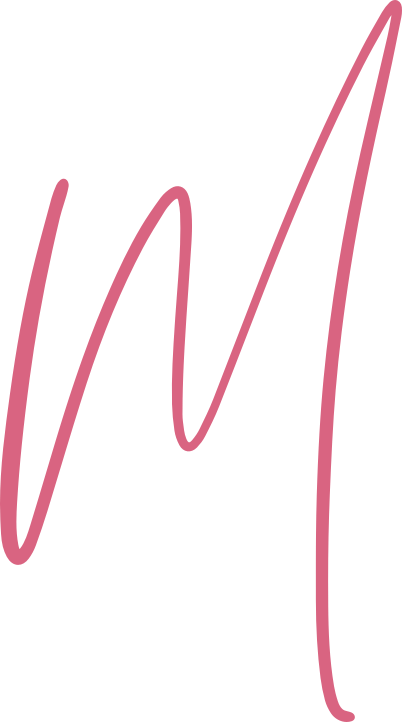
The urinary bladder is a sac composed of muscle that is responsible for housing urine before it exits the body. The bladder is about the size of a pear when empty and sits behind the pubic bone. Normal bladder capacity is about 400-600 ml.
There are conditions that can affect the bladder – pregnancy and childbirth, trauma, prolapse of pelvic organs, menopause, infections, inflammation, and cancer. It is important to see your healthcare provider if you experience blood in the urine, burning with urination, urinary urgency or frequency, difficulty emptying, urinary incontinence or pelvic pain.
DID YOU KNOW?
- The bladder can hold approximately 2 cups of urine before it signals that it needs to empty
- Normal number of trips to the bathroom per day is 6-8 times. It is normal also to need to urinate one to two times at night.
- What you eat or drink can affect the color and odor of your urine (ex: asparagus and coffee can give your urine a strong smell, and vitamins and supplements can affect color)
- Certain foods can irritate your bladder, such as alcoholic beverages, tomato-based products, coffee, vinegar, spicy foods, carbonated beverages, artificial sweeteners, and chocolate
HOW TO MAINTAIN GOOD BLADDER HEALTH
- Drink plenty of fluids, mostly water – 6-8, 8 oz. glasses for most people is recommended. However, drinking in excess of 80 oz of total fluid can lead to needing to void excessively–what goes in must go out through sweating, urinating, breathing and urinating.
- Limit caffeine and alcohol.
- Quit smoking – Smoking increases the risk of bladder cancer.
- Avoid constipation – Activity and a diet with plenty of high fiber foods will help prevent constipation.
- Keep your weight in check.
- Exercise regularly.
- Perform pelvic floor exercises – Kegel exercises can help prevent the weakening of the pelvic floor.
- Use the restroom often and when needed – usually every 3-4 hours.
- Allow time to completely empty.
- Try to relax while urinating.
- Wipe from front to back after using the restroom.
- Urinate after sex.
- Wear cotton crotch underwear and avoid tight-fitting clothing.
Keeping your bladder healthy and happy can prevent problems in the future! Included in this is supporting healthy vaginal tissue with hormones during perimenopause and menopause.
If you struggle with any bladder issues such as incontinence, urgency, or frequency we have several state of the art treatment options we now offer:
BTL Emsella – Emsella is intended to provide entirely non-invasive electromagnetic stimulation of the pelvic floor musculature to rehabilitate weak pelvic muscles and restore neuromuscular control. One 28 minute treatment is the equivalent of 11,200 Kegel exercises. Six treatments are performed twice weekly for 3 weeks. Maintenance treatments are recommended at least yearly. Patients stay fully clothed during the treatment and there is no pain with the treatment. 95% of patients report a significant improvement in the quality of life. Benefits are seen between 6 weeks to 3 months after completion of the treatment and then maintenance can be done 1-2 times monthly, as needed.
Votiva | FormaV – Votiva uses radiofrequency energy to generate heat to the vaginal/vulvar tissues. This stimulates collagen production which can improve vaginal laxity and improve urinary stress incontinence. The treatment is performed internally and externally. The external treatment can tighten tissue improving the appearance of the vulva and enhance sensation, as well.
O-Shot – The O-Shot uses a patient’s own blood product, platelet-rich plasma (PRP), that is injected into the anterior wall of the vagina and into the clitoris. PRP is rich with growth factors that can enhance the function of certain tissues. It is believed that PRP acts as a bulking agent around the urethra and can improve mild stress incontinence.
Pelvic Floor Rehab – This treatment uses biofeedback to teach patients to correctly perform pelvic floor exercises, which increases the tone of the pelvic floor and improves both stress and urge incontinence. It is the standard of care for initially treating urinary incontinence.
Morpheus8V – This treatment offers vaginal rejuvenation without the need for surgery or medication by utilizing both radiofrequency energy and microneedling to tighten, enhance and rejuvenate the vaginal skin. The tightening action of Morpheus8V strengthens the anterior vaginal wall, which in turn is believed to lift the tissues around the bladder and urethra. This results typically in a dramatic improvement in urinary incontinence and can be especially helpful for patients with overactive bladder related to menopausal changes.
If you suffer from an overactive bladder or stress incontinence, we can help you get your life back. Please call us at (512) 301-6767 or request an appointment.


